A rare-earth barium copper oxide (REBCO) is now being used by an Oxfordshire-based company for its superconducting properties in the hope it will make nuclear fusion a practical reality.


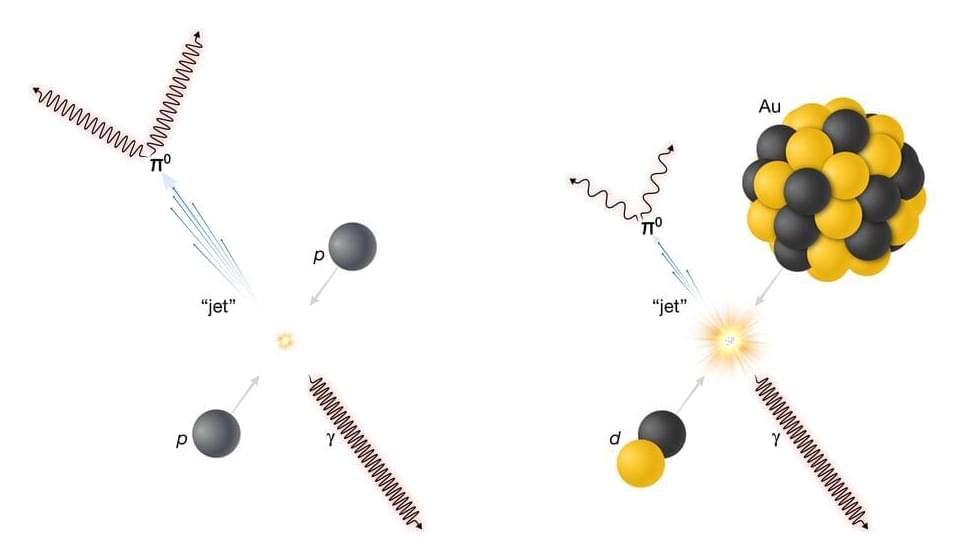
A new analysis of data from the PHENIX experiment at the Relativistic Heavy Ion Collider (RHIC) reveals fresh evidence that collisions of even very small nuclei with large ones might create tiny specks of a quark-gluon plasma (QGP). Scientists believe such a substance of free quarks and gluons, the building blocks of protons and neutrons, permeated the universe a fraction of a second after the Big Bang.
RHIC’s energetic smashups of gold ions—the nuclei of gold atoms that have been stripped of their electrons—routinely create a QGP by “melting” these nuclear building blocks so scientists can study the QGP’s properties.
Physicists originally thought that collisions of smaller ions with large ones wouldn’t create a QGP because the small ion wouldn’t deposit enough energy to melt the large ion’s protons and neutrons. But evidence from PHENIX has long suggested that these small collision systems generate particle flow patterns that are consistent with the existence of tiny specks of the primordial soup, the QGP.
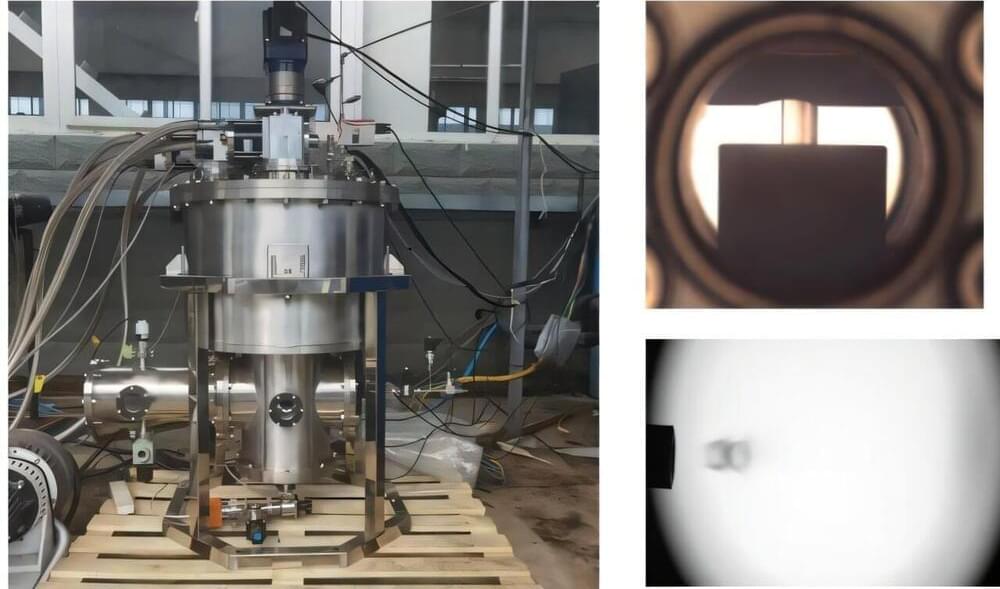
A joint research team from Hefei Institutes of Physical Science of the Chinese Academy of Sciences has successfully developed a continuous cryogenic pellet injection system for tokamak fueling. This innovative system addresses key technical challenges associated with cryogenic ice formation, pellet cutting, and launching.
Cryogenic pellet injection is a state-of-the-art technique in fusion research. It involves condensing hydrogen isotopic gases into solid ice pellets, which are then accelerated and injected into plasma. This method allows for deep particle injection and high fueling efficiency, making it crucial for the future of fusion reactors.
It is recognized as a critical fueling technology for next-generation fusion devices, including the International Thermonuclear Experimental Reactor (ITER), the China Fusion Engineering Test Reactor (CFETR), and the European Demonstration Fusion Reactor (EU-DEMO).
Even once researchers can reliably get more power out of a fusion reaction than they put in, they’ll still need to overcome engineering challenges to scale up fusion energy.
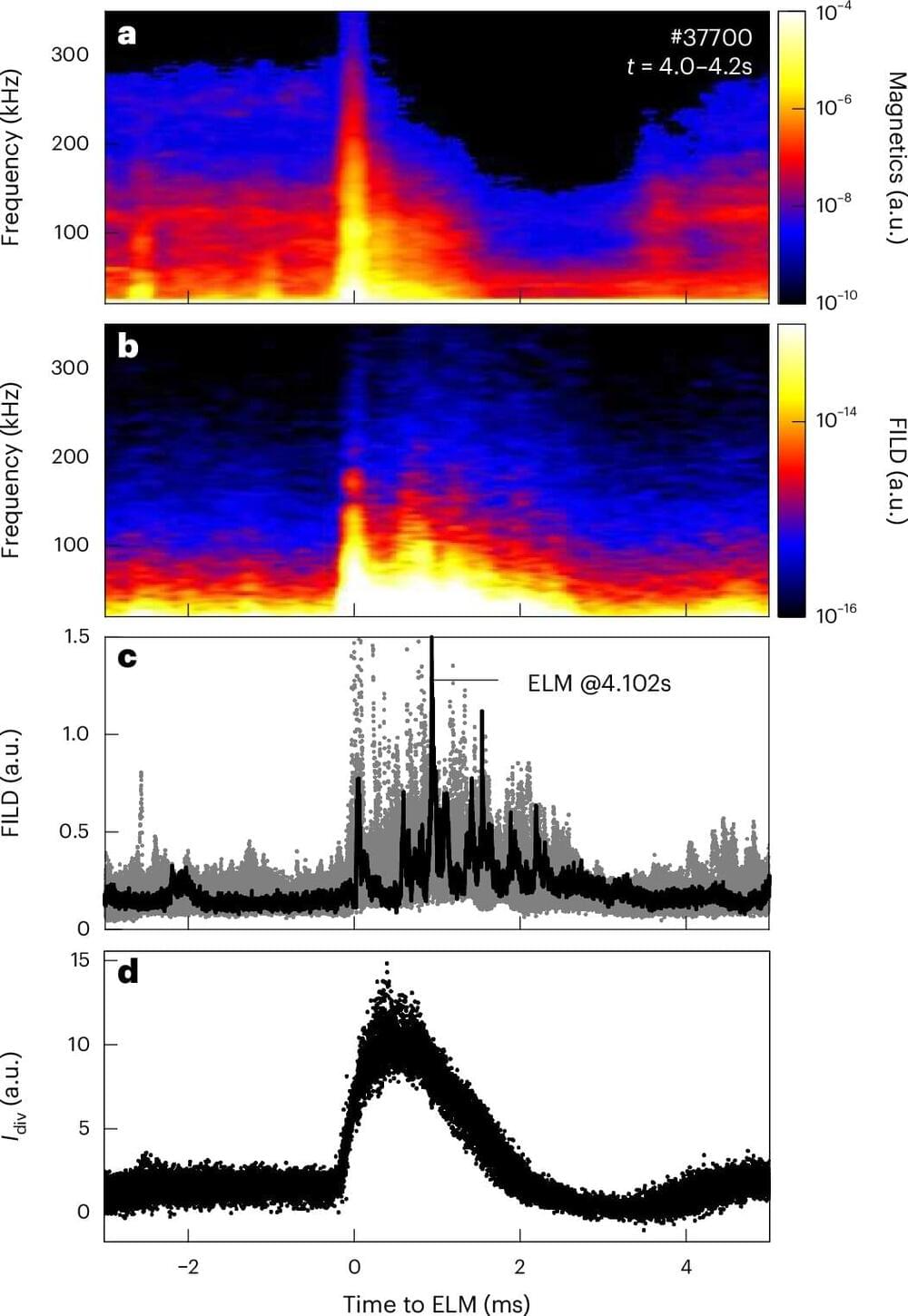
The development of sustainable energy sources that can satisfy the world energy demand is one of the most challenging scientific problems. Nuclear fusion, the energy source of stars, is a clean and virtually unlimited energy source that appears as a promising candidate.
The most promising fusion reactor design is based on the tokamak concept, which uses magnetic fields to confine the plasma. Achieving high confinement is key to the development of nuclear fusion power plants and is the final aim of ITER, the largest tokamak in the world currently under construction in Cadarache (France).
The plasma edge stability in a tokamak plays a fundamental role in plasma confinement. In present-day tokamaks, edge instabilities, magnetohydrodynamic waves known as ELMs (edge localized modes), lead to significant particle and energy losses, like solar flares on the edge of the sun. The particle and energy losses due to ELMs can cause erosion and excessive heat fluxes onto the plasma-facing components, at levels unacceptable in future burning plasma devices.
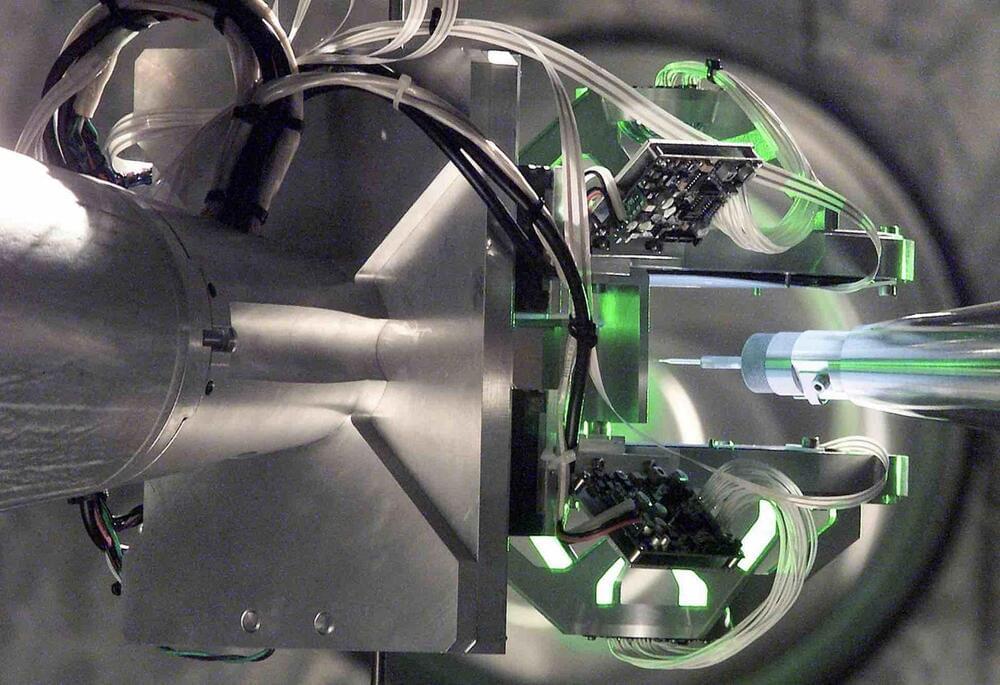
Chinese researchers say that recent advancements in the burgeoning field of inertial confinement fusion are bringing us one step closer to making accessible nuclear fusion a reality.
The new findings, which incorporate innovative new modeling approaches, could open new avenues for the exploration of the mysteries surrounding high-energy-density physics, and could potentially offer a window toward understanding the physics of the early universe.
Harnessing controlled nuclear fusion as a potential source of clean energy has seen several significant advancements in recent years, and the recent research by a Chinese team, funded by the Strategic Priority Research Program of Chinese Academy of Sciences and published in Science Bulletin last month, signals the next wave of insights with what the team calls a “surprising observation” involving supra-thermal ions during observations of fusion burning plasmas at National Ignition Facility (NIF) at Lawrence Livermore National Laboratory in California.
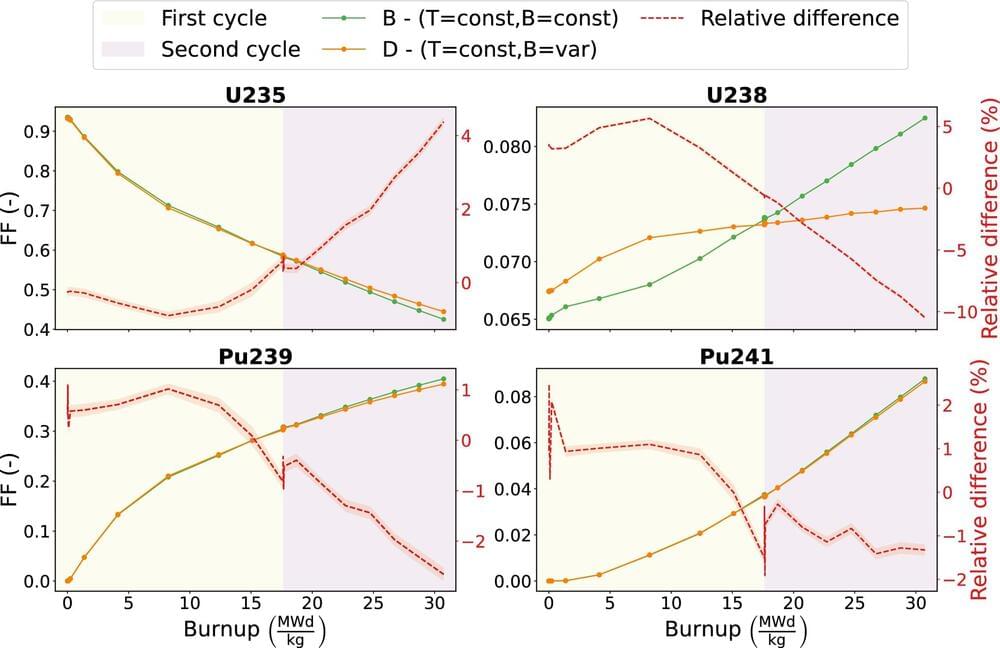
Nuclear fission is the most reliable source of antineutrinos, but they are difficult to characterize. A recent study suggests how their emission can be simulated most effectively.
Antineutrinos are mysterious fundamental anti-particles with no charge and an exceptionally small but non-zero mass. The JUNO project (Jiangmen Underground Neutrino Observatory) in China is a large scintillation detector designed to detect them and to characterize their properties, particularly in precise measurements of that tiny mass. Anti-particles are hard to measure and even harder to control, even when they come from a strong and reliable source.
A group of Italian physicists, led by Monica Sisti of the Istituto Nazionale di Fisica Nucleare (INFN) in Milan and Antonio Cammi of the Politecnico di Milano and part of the JUNO collaboration of over 700 scientists from 17 countries, has now modeled parameters that determine the ‘antineutrino spectrum’ emitted by a source.
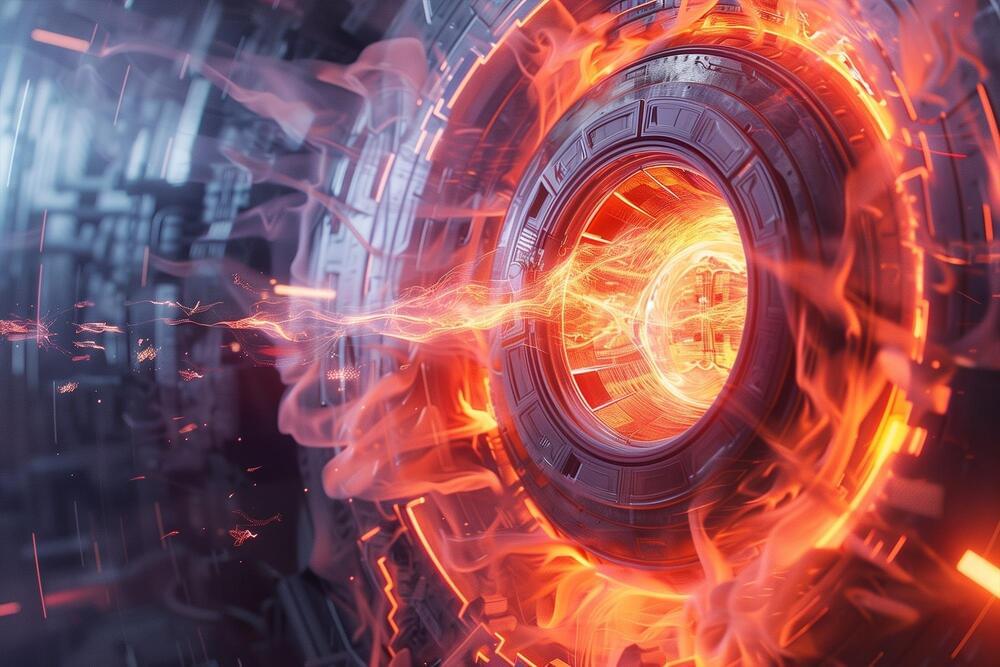
Advances in inertial confinement fusion and innovative modeling have brought nuclear fusion closer to reality, offering insights into high-energy-density physics and the early universe.
The pursuit of controlled nuclear fusion as a source of clean, abundant energy is moving closer to realization, thanks to advancements in inertial confinement fusion (ICF). This method involves igniting deuterium-tritium (DT) fuel by subjecting it to extreme temperatures and pressures during a precisely engineered implosion process.
In DT fusion, most of the released energy is carried by neutrons, which can be harnessed for electricity generation. Simultaneously, alpha particles remain trapped within the fuel, where they drive further fusion reactions. When the energy deposited by these alpha particles surpasses the energy input from the implosion, the plasma enters a self-sustaining “burning” phase. This significantly boosts energy output and density.
Researchers in Japan made a groundbreaking discovery that could bring us closer to sustainable energy from nuclear fusion reactors, paving the way for longer-lasting, more efficient clean energy systems.
In a recent study, the team developed protective coatings to enhance the durability of materials used in fusion reactors, addressing a key challenge: material degradation from extreme heat and corrosive liquid metal coolants.
Fusion reactors, which mimic the sun’s energy production process, hold huge potential as a limitless source of clean energy. However, their intense environment makes it difficult to find materials that can endure prolonged exposure to high temperatures and corrosive coolants like lithium-lead alloy.
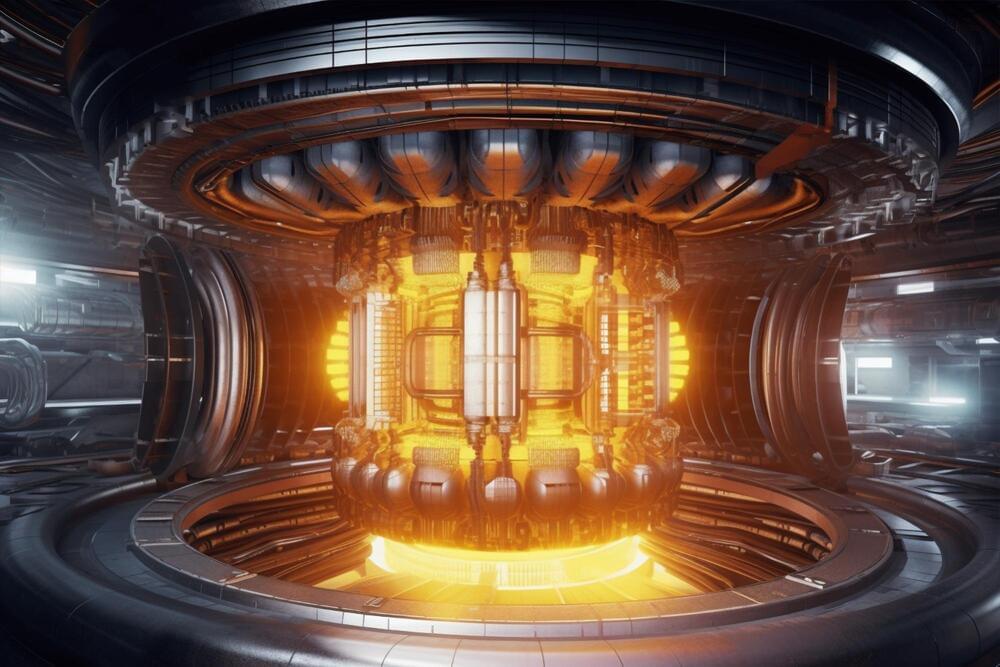
Scientists have simulated a groundbreaking solution to boost fusion efficiency by eliminating “slow modes,” unhelpful waves that waste energy during plasma heating.
Using 2D simulations, researchers demonstrated how a slight tilt in the Faraday screen can enhance energy transfer, bringing us closer to sustainable fusion energy.
Heating plasma for fusion: the challenge.